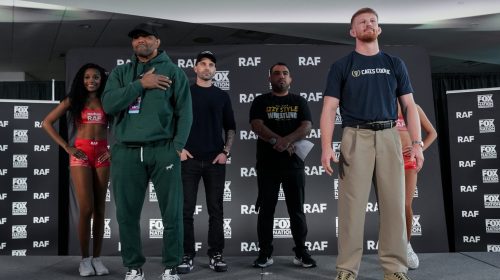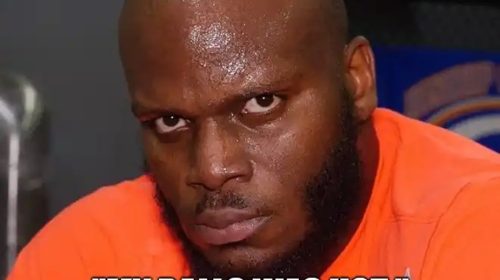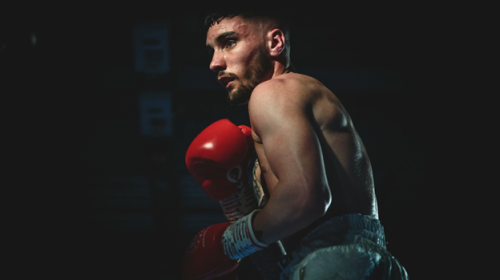
The Most Effective Martial Arts in the MMA
Perhaps one of the most debated questions amongst MMA fans: which are the most effective martial arts in MMA? Winners have used a range of styles, with some focusing on a single martial art with a sprinkling from other disciplines, while others have been more what we’d call well-rounded fighters. It’s clear from the list of past UFC champions that there’s no single right or wrong answer.
But that doesn’t mean we won’t weigh in with our opinion.
Whether you’re looking to get into the ring yourself or are happy just watching from the sidelines (or your favorite couch!), these are what we think are the most effective martial arts in MMA.
Brazilian Jiu-Jitsu
Type Royce Gracie into YouTube (just watching a single highlight reel should be enough) and you’ll see why Brazilian Jiu-Jitsu has been one of the dominant martial arts in MMA. BJJ is a so-called grappling art that gives the fighter the ability to escape, attack and pin down an opponent in a variety of ways (think armbars, pressure locks, and chokes).
Jiu-Jitsu is particularly useful when you’re down on the ground and in a seemingly vulnerable position. It allows you to keep fighting even when you’ve been knocked down, and in many cases allows you to take control of your opponent and pound them into submission.
Wrestling
Even though Brazilian Jiu-Jitsu reigned supreme at the inception of UFC, wrestling has since taken over as the specialization of choice. The results speak for themselves, as wrestling has produced a staggering 71 UFC champions. In fact, wrestling has more crowns than the following five fighting styles used by UFC winners – check out this infographic from WSN for an exact breakdown.
Wrestlers are used to dictating where the fight happens, giving them a distinct advantage over other disciplines. Positional control, the focus on takedowns, and the extensive training on how to keep balance is what wrestling is all about. It’s probably also the best ‘base’ specialization a fighter can have; without wrestling, it’s unlikely you’ll be successful in MMA.
Muay Thai
The history of this unique (and effective!) fighting style can be traced back to 1774. Nai Khanom Tom was a prisoner of war in Burma and during his captivity, he gained fame for defeating 10 Burmese fighting champions in succession. His abilities were so respected that the Burmese King released him and his compatriots from captivity. Respect.
Muay Thai is also known by another nickname: “the art of the 8-limbs”. It’s a pretty accurate representation of a martial art that uses punches, kicks, knees, and elbows to not even give the opponent the chance of shouting, “Meeercyyyy!”. To the untrained eye, Muay Thai can look a little chaotic, but it’s anything but.
Boxing
Some would call it a simplistic entry, we’d call it pretty darn effective. Boxing is the basics, it’s the ‘without it, you’ve got nothing’ entry. Every single MMA fighter knows how to box, period. First, you learn how to box, then how to wrestle. Only when a fighter has these down, can they even think about anything else.
Boxing in MMA is not equal to what you might be used to from the Rocky franchise or your big box office fights. MMA boxers need to take takedowns and kicks into account, which means guards are a little looser and longer. It’s similar, but the differences are nuanced yet important.
Boxing is generally used as a foundational part of a fighter’s arsenal. For example, it allows a ‘safe’ transition to another style. But boxing also forms part of the most effective elements that many fighters employ: think Conor McGregor, Holly Holm, and Max Holloway.
Judo
Perhaps the most underrated martial art. It has a big tradition, but many fighters see judo as a mere Olympic sport. Most tend to look towards Jiu-Jitsu and Muay Thai as more attractive alternatives. And while we’re obviously not going to badmouth these two disciplines, we will say that ignoring judo in its entirety is a mistake.
Judo is particularly useful in the clinch. Throws and hip tosses can be employed quickly to take down the opponent, while judo’s submission maneuvers can be extremely effective in ending a fight.
Ronda Rousey is probably the biggest MMA name that employed judo. Her technique was out of this world, and watching just a couple of her fights will make it blatantly obvious why judo is worth considering.
What’s the #1 Martial Art for MMA?
Guys, it’s called Mixed Martial Arts for a reason. The original rendition focused on disciples of distinct disciplines, but fighters quickly figured out that it’s not about finding the single best martial art, but about combining them. BJJ dominated at the start, while wrestling quickly took over. Then brawlers like Chuck Liddell had their day in the sun.
Ultimately, the trick is for the fighter to have an acute understanding of their body type, athletic capabilities, personal preferences, and their opponents. There’s no one-size-fits-all solution, no single martial art that eclipses the rest. That’s what makes MMA so unique and one of the most exciting sports on the planet.


























